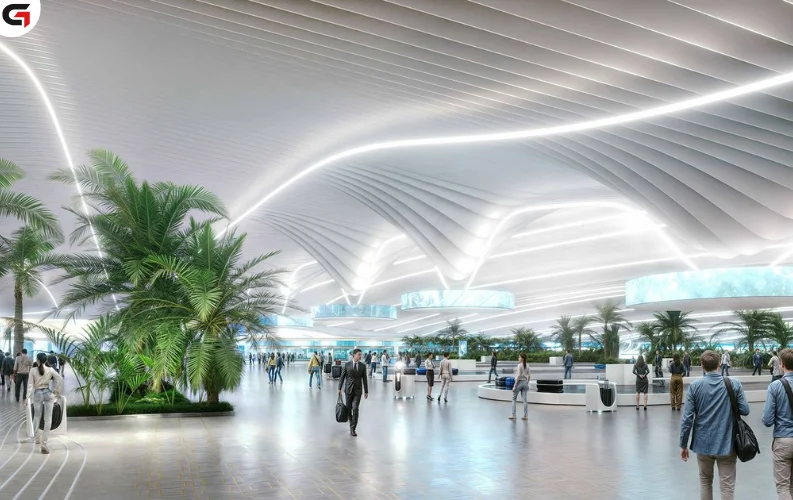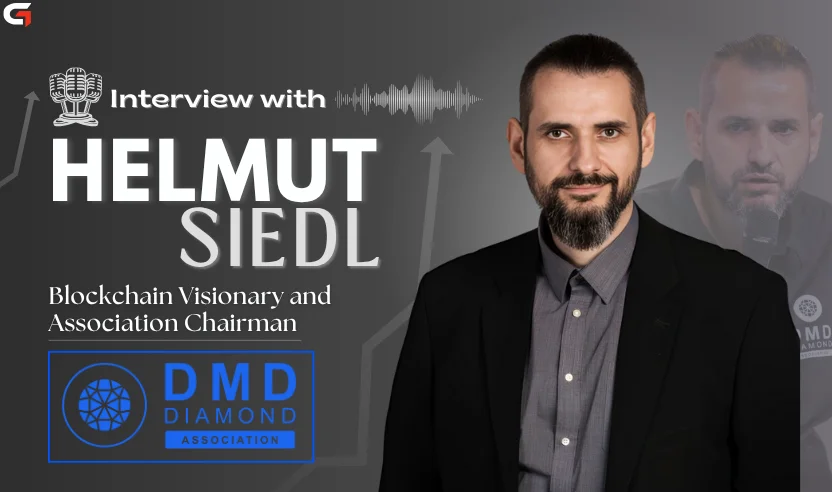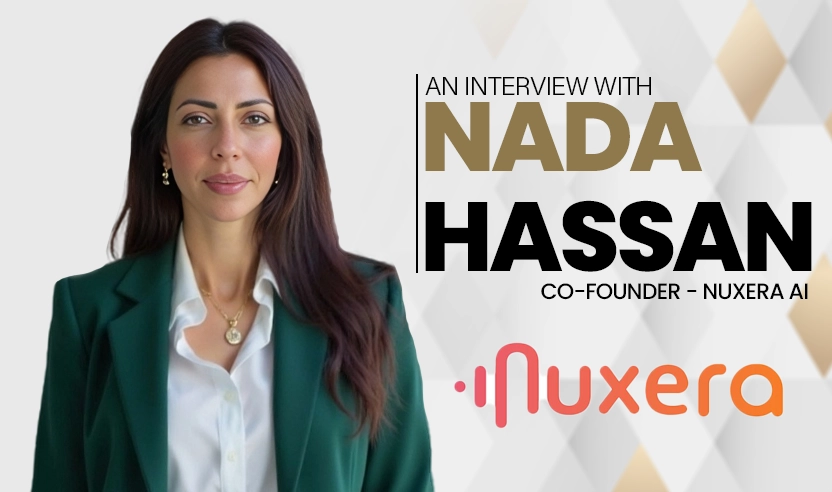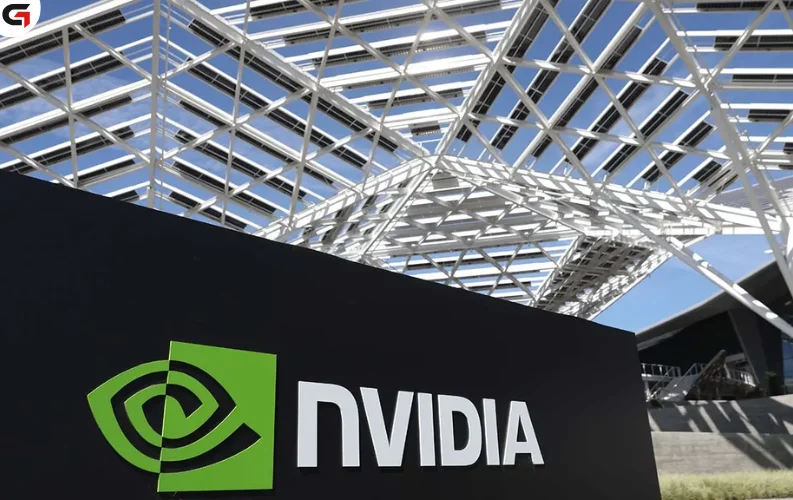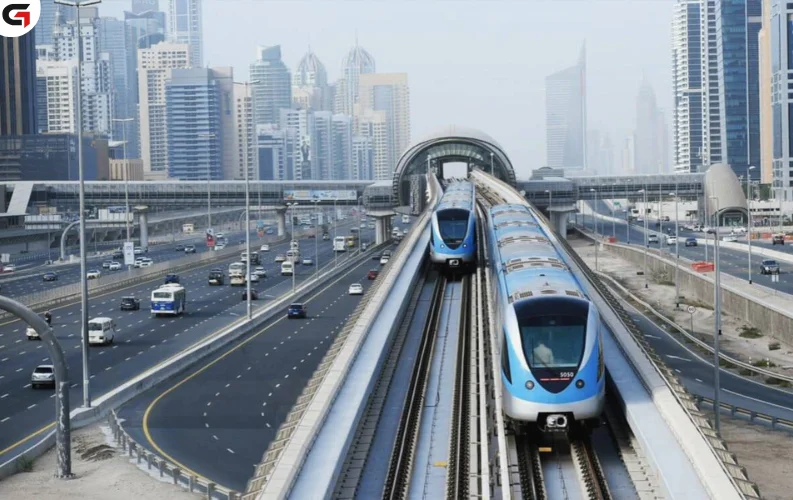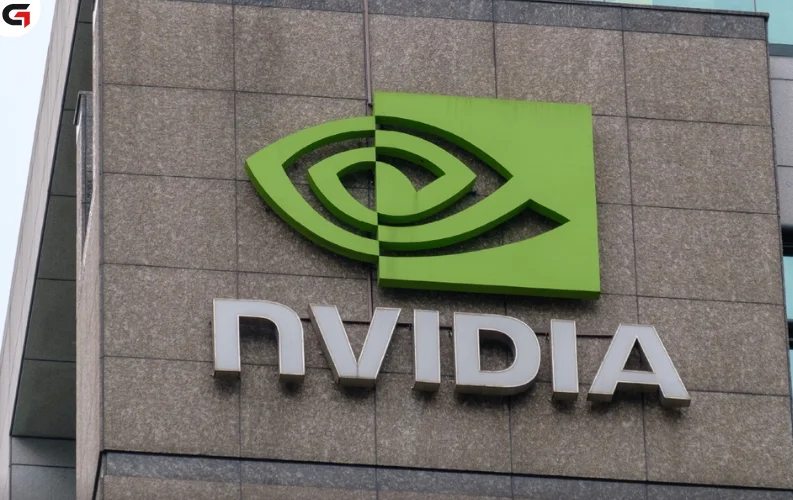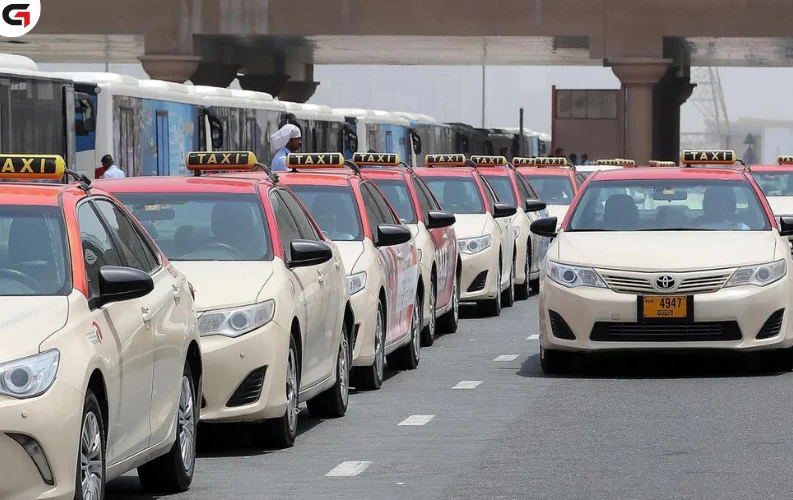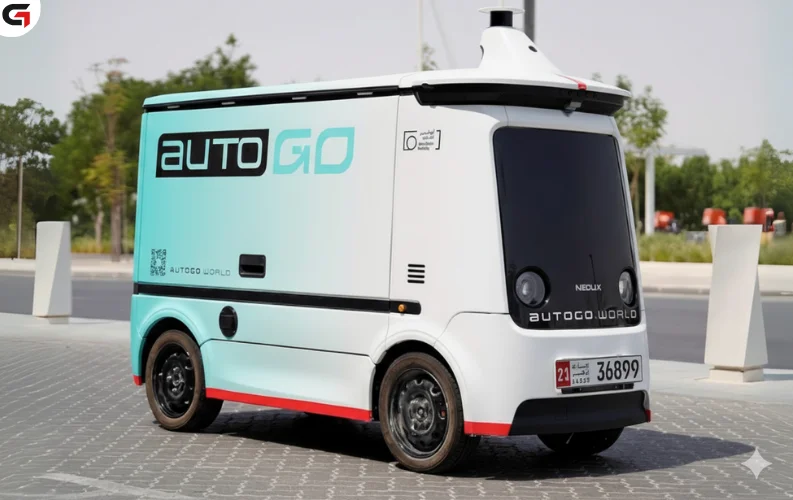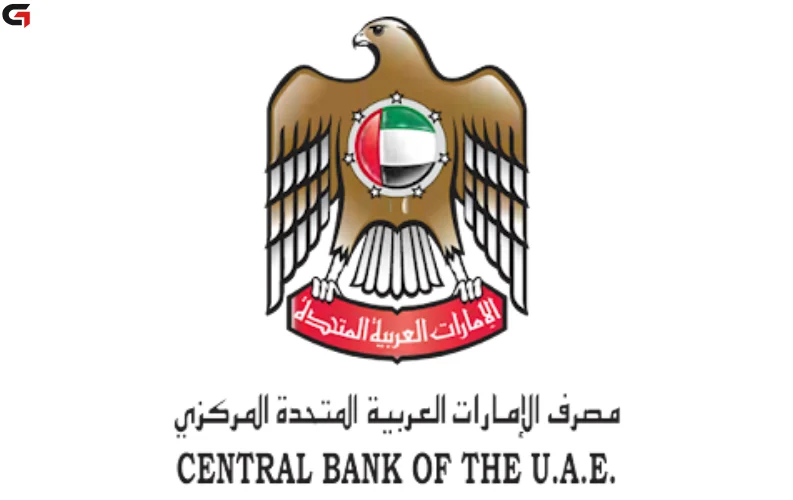Dubai International Airport (DXB), one of the world’s busiest aviation hubs, is expected to hit its absolute maximum capacity of about 115 million passengers by 2031, prompting a full transition to the new Al Maktoum International Airport (DWC) by 2032. Paul Griffiths, CEO of Dubai Airports, confirmed that DXB is already operating close to its limits and that the new airport’s expansion will be critical for Dubai’s continued aviation growth.
Speaking at the Dubai Airshow 2025 press conference, Griffiths said the new terminal at Al Maktoum will ultimately allow the facility to scale up to handle 260 million passengers annually, fully absorbing DXB’s operations within the next decade. “By the time we get to 2031, DXB will be at about 114 to 115 million passengers, which is the maximum capacity we’re likely to achieve. Then we make the full transition to DWC in 2032,” he said.
The CEO revealed that flydubai will likely be among the first airlines to relocate to the existing terminal at Al Maktoum as DXB begins running out of available slots. “As we run out of slots at DXB, some airlines will start moving to DWC. Flydubai, I think, will be one of the first movers, and we’re working to put facilities in place that will enable that move,” he explained. The initial move will use the current terminal with its single runway before the completion of the much larger airport complex, which is expected to redefine the scale of global aviation.
Griffiths also highlighted the need for close coordination between Emirates and flydubai to ensure a smooth transition. “The integration between Emirates and flydubai is getting closer all the time, so we’ve got to manage that in a careful way to avoid any disruption or operational irregularities,” he said.
To accommodate growth before the 2032 move, Dubai Airports is introducing several interim measures to maximize efficiency at DXB. “We’re already adding more aircraft stands in the midfield and expanding check-in facilities,” Griffiths noted. “We’re also working very hard on new technology that will speed people through airports. If we can reduce the time people spend going through all the processes, then we can increase both convenience and capacity.”
The CEO emphasized that technology will play a major role in shaping the passenger experience. “If I can make one impact on this industry, I want to give people time back, time they can spend at their leisure. Wouldn’t that be lovely?” he remarked.
One of the latest innovations at DXB is the Red Carpet corridor, which allows passengers to move through the airport without stopping. Griffiths said the initiative has already brought a significant improvement in passenger flow. “You just don’t have to stop,” he said. “Our idea is that every single process at the airport should be seamless. From the time you step out of your car or off the metro, we want you to go straight through, to the lounge, a restaurant, or a shop. The first point you stop should be where you want to stop, not where we make you stop.”
As DXB approaches capacity, the expansion of Al Maktoum International Airport represents Dubai’s next major leap in aviation innovation. Once complete, the airport is expected to be the largest in the world, equipped with state-of-the-art biometric systems, automated controls, and sustainable infrastructure. Dubai’s forward-looking strategy ensures the emirate remains at the center of global travel, ready to welcome more passengers, faster and more efficiently than ever before.



